Presicce-Acquarica: Call it poetic justice, but there’s something deeply satisfying about interviewing an artist whose work is so connected to the visual landscape of Naples—an entity who has hijacked nearly all the forms and codes of Southern Italy—only to find she’s never where you expect her to be. For all the balconies, pools, religious niches, and vista points on her Instagram, there’s a shimmering glow around SAGG Napoli’s appearance and disappearance. At 33, SAGG Napoli (né Sofia Alice Ginevra Gianní) has installed, performed, modelled, trained, and competed as an archer, made shows, made art, made herself something ever shifting, despite the ancestral references in her artistic endeavours. One might say she’s never where she’s supposed to be, that she’s busy; she’s anything but local. But there might be an element of protection to it, the skilled practice of covering one’s traces when they are so visible and therefore perishable in the social media realm she has explored so intensively. This is why Sofia and I meet on the phone, not even online. It’s the most analogue and tenuous connection possible, and we’re not that far: She’s in Puglia, and I’m in the region next door, Basilicata; we’re both in our family homes, trying to cope with the regression to a former stage of life. But the south is sparse, loose, it extends time and space to infinity; to reach her by wagon would have been easier, and wi-fi can be shaky. And yet, she makes it work. The phone call allows for pauses in her voice without pinning them to certain facial expressions or mannerisms; through this void, Sofia lets me see the scope of her ideas, and I slowly attune to the frequency of her thinking. It’s pleasurable to engage with an artist so keen on expressing herself through the prowess of her body and an often-staged persona who’s capable of delivering in absence. And there’s an electric fragility to her voice: She’s all muscles and nerves.
The house her family built in the farthest point of Puglia, Basso Salento, is where her ancestry, lineage, and the materials she’s made of and plays with, reach their full expression. But I sense she’s also somewhere on her own in that same space. As we talk, it’s the summer of overtourism in Italy, affecting her beloved places, Naples and Salento, and the Olympics in Paris are heading to an end. The contrast is striking between the engorging spectacle of the masses as they exhibit their pleasures in unison, eating or sunbathing on the same beach, and the individuality of the athlete absorbing all the energies around her in one steely, compressed point. Everything must be great: the food, the landscape, the performance. SAGG Napoli knows how to seek beauty in this familiar scenario, but she’s also found a sincere way out of it.
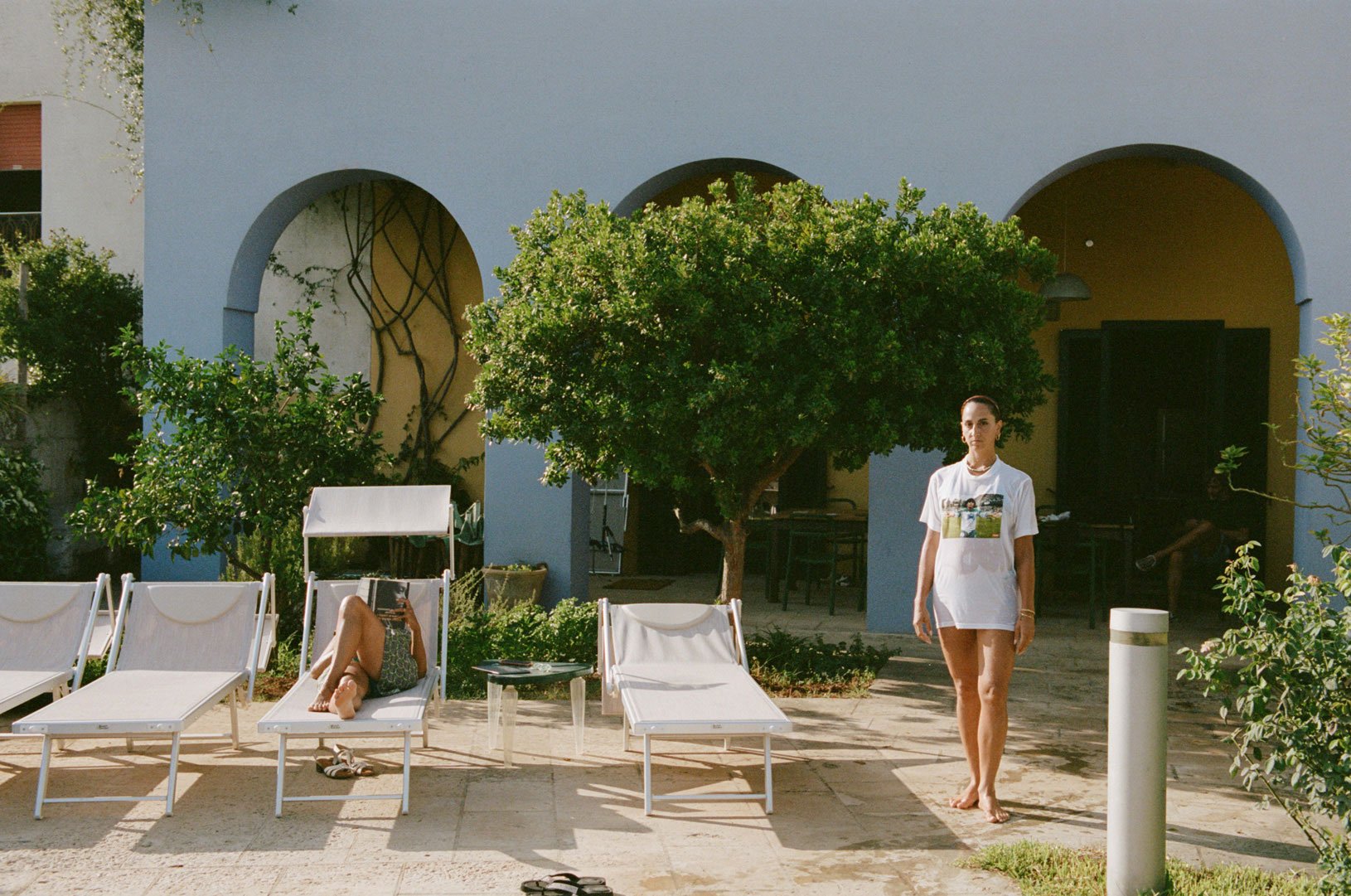
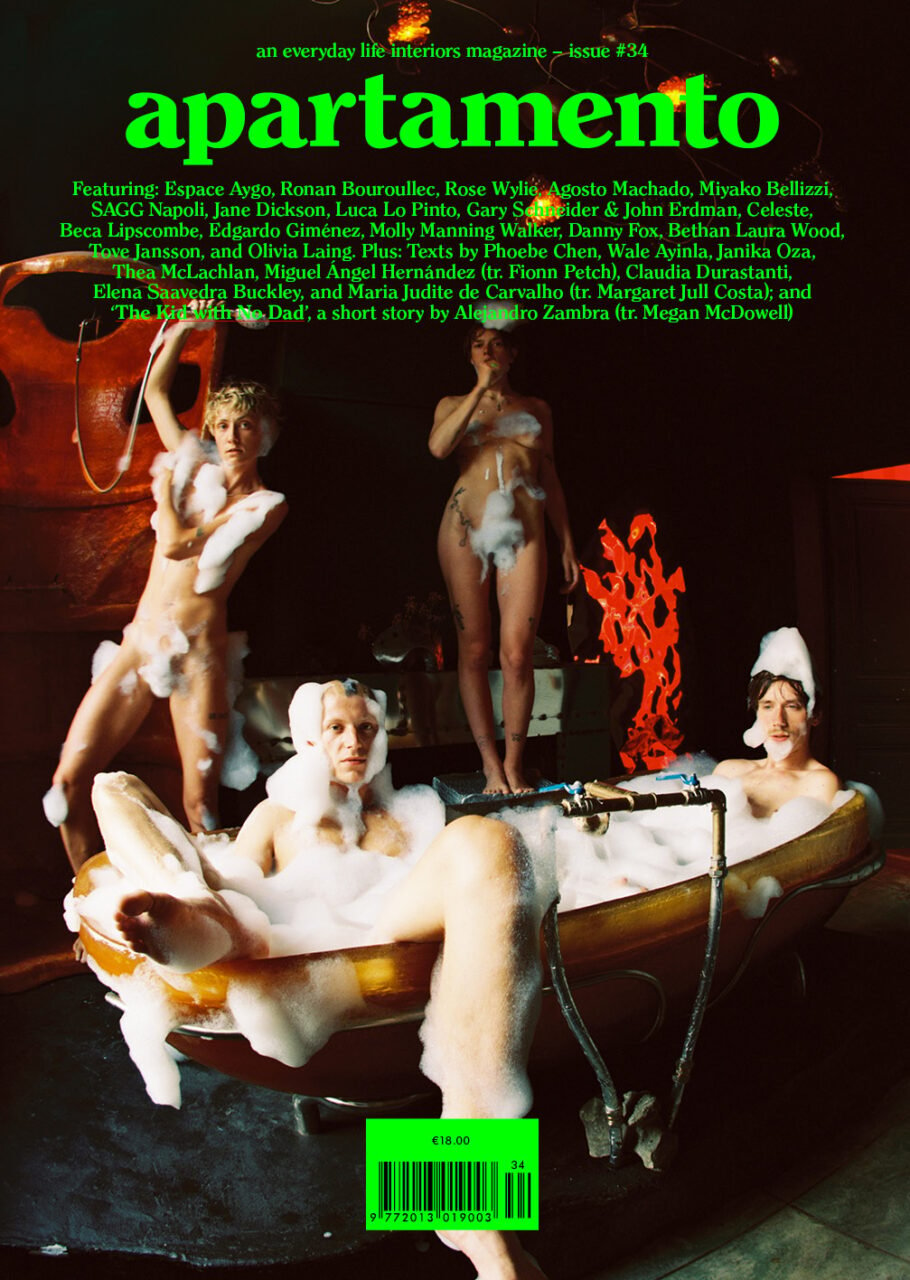
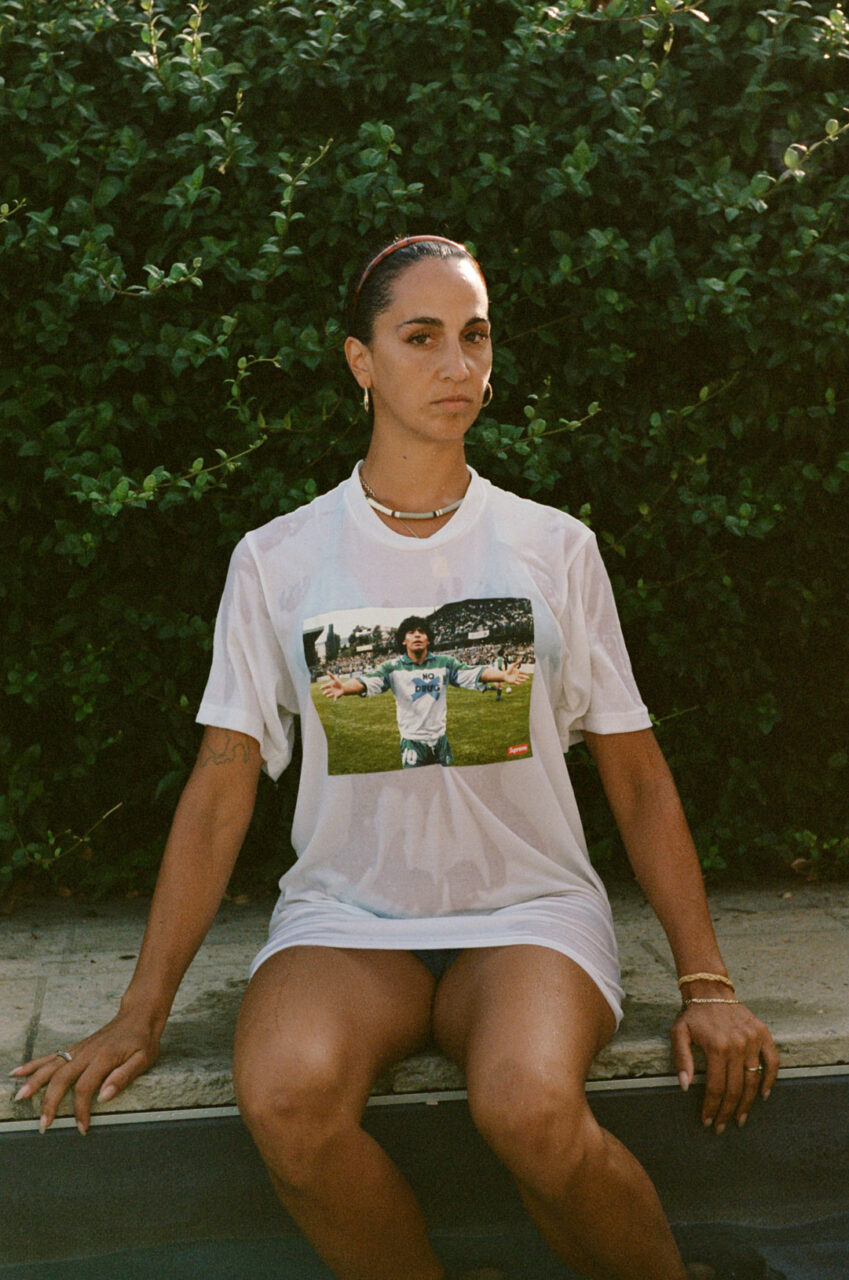
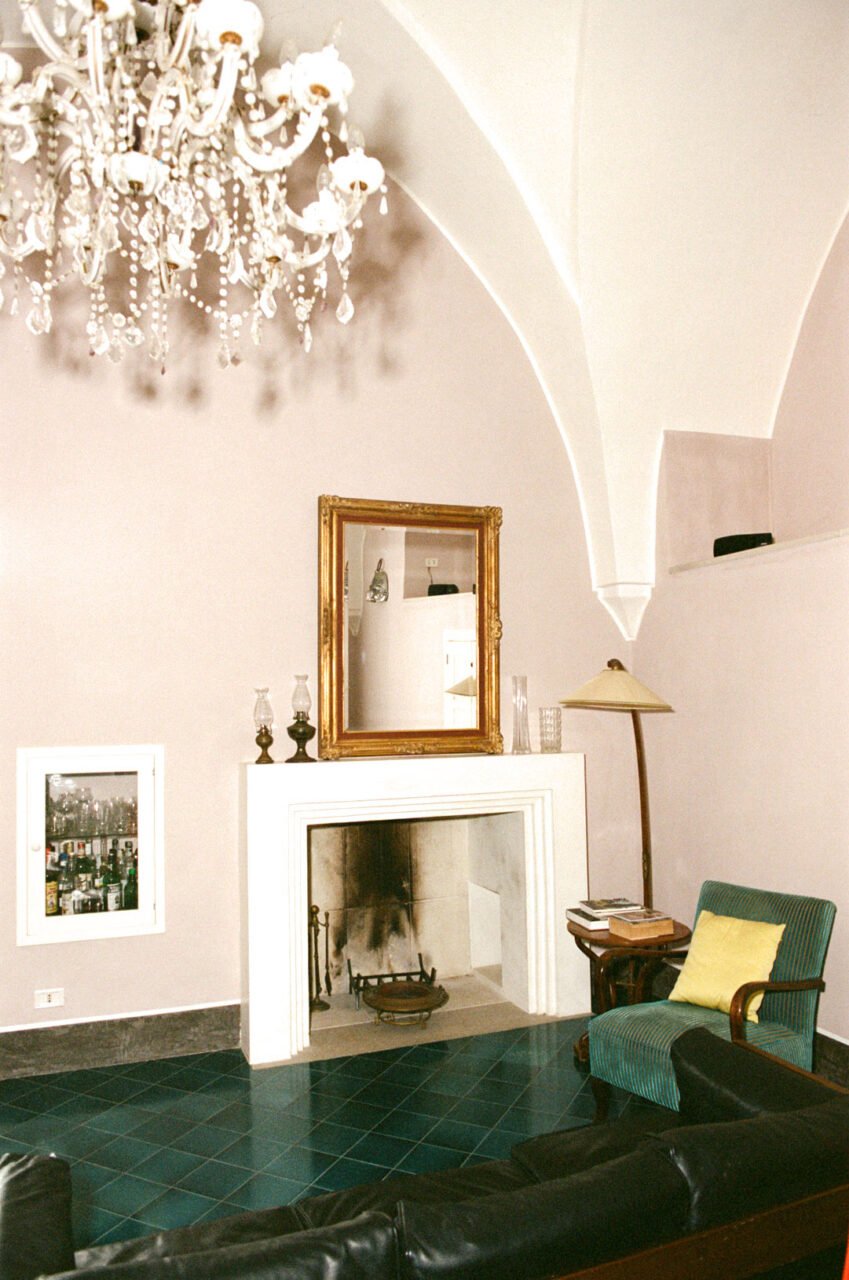
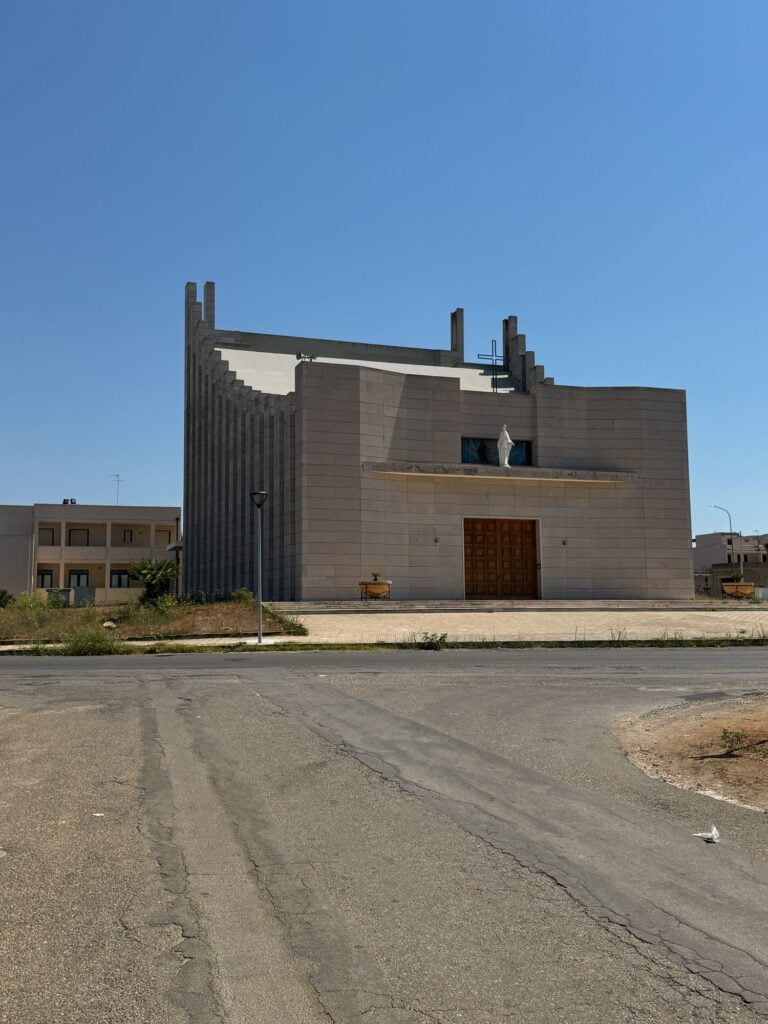
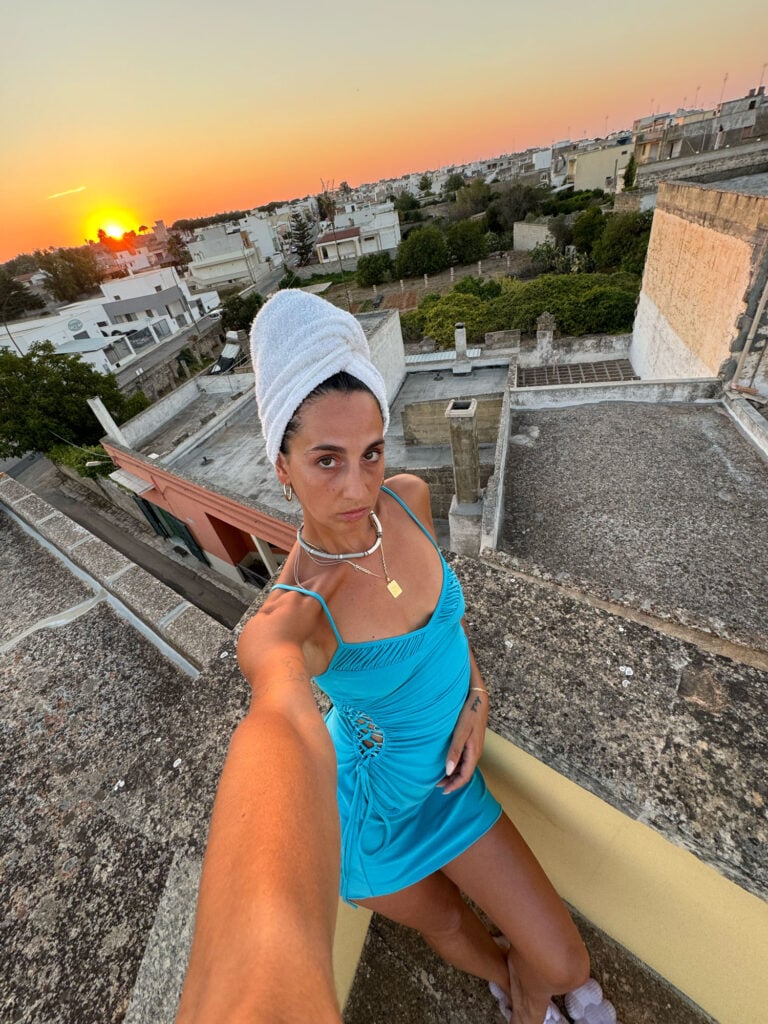
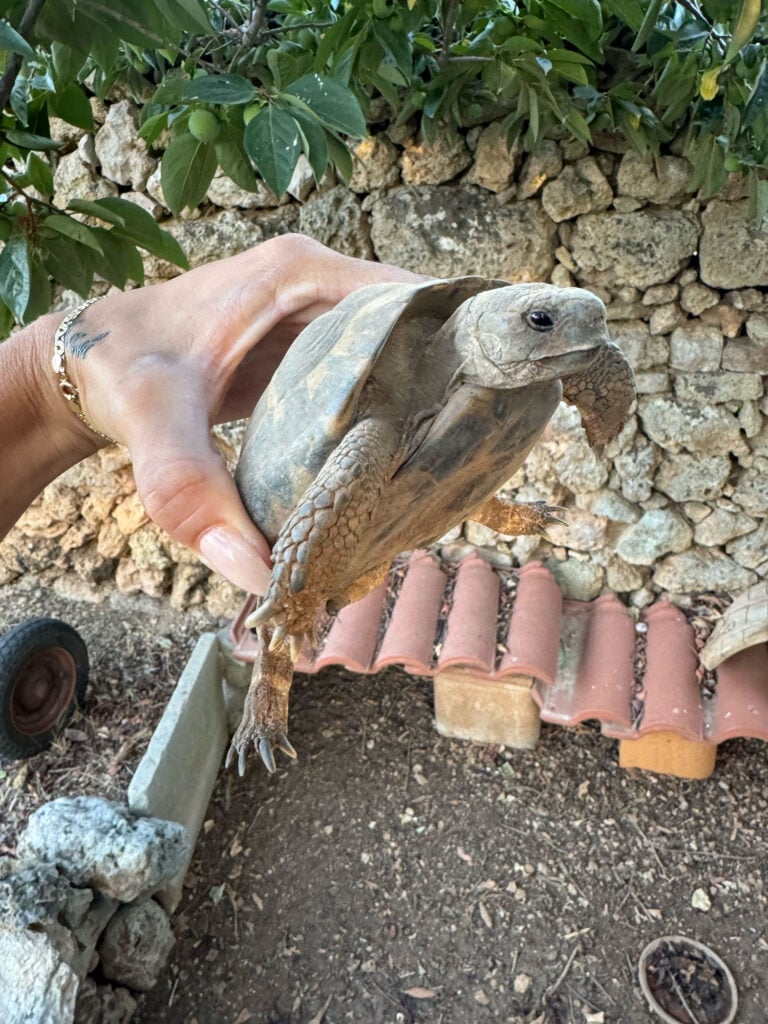
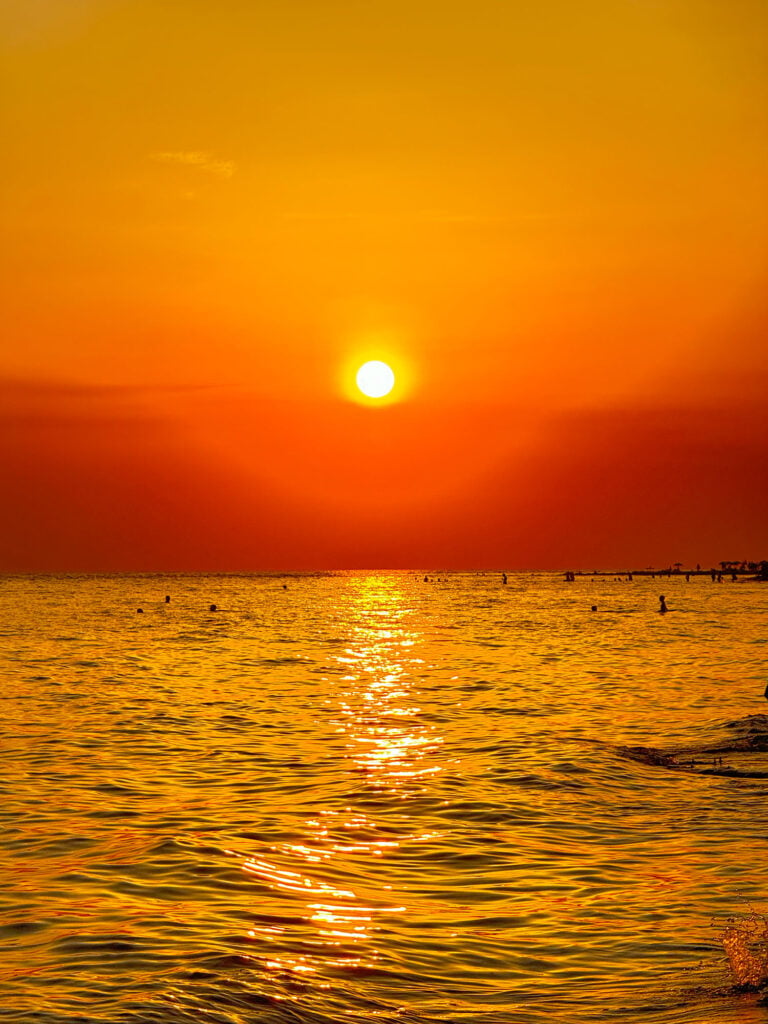
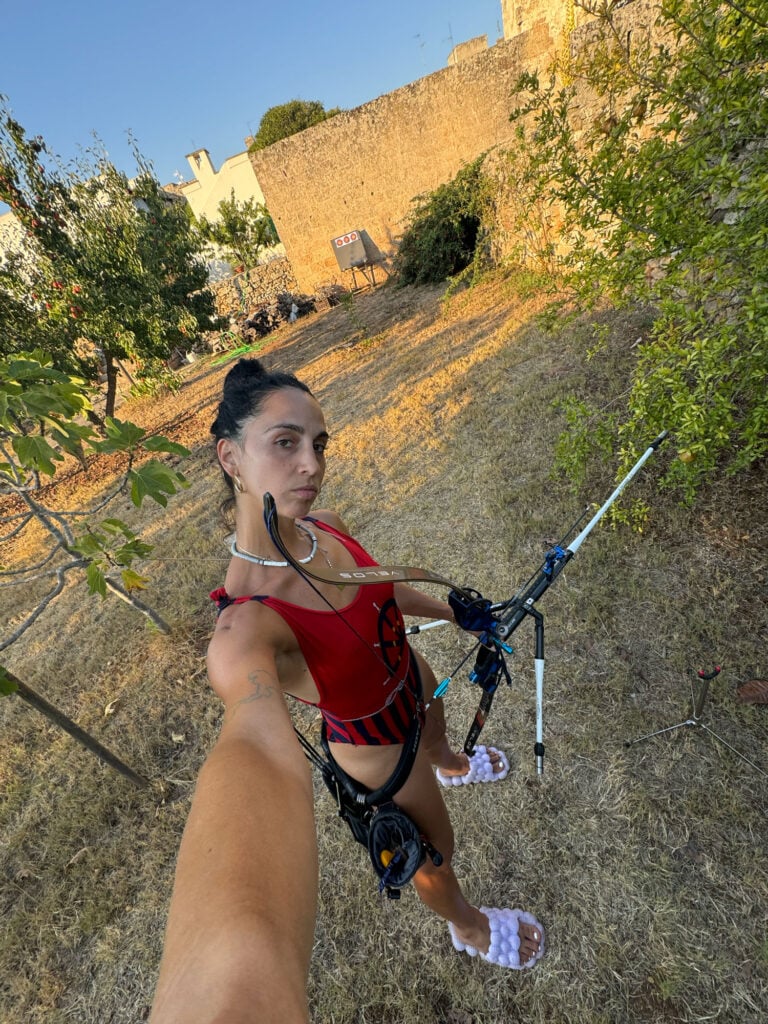

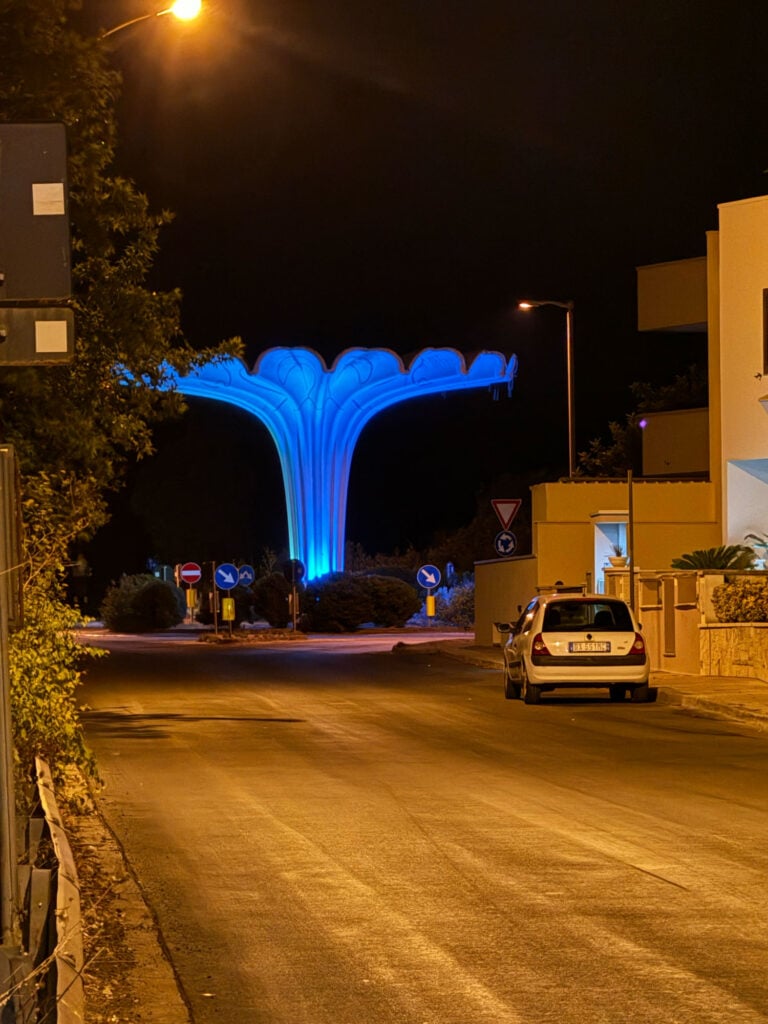
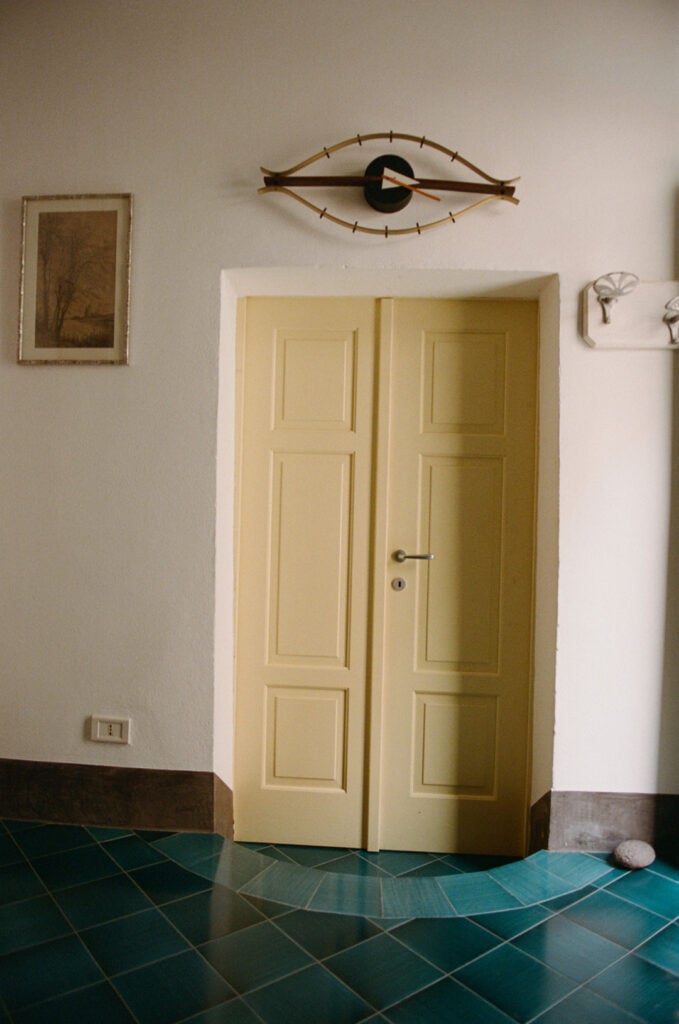
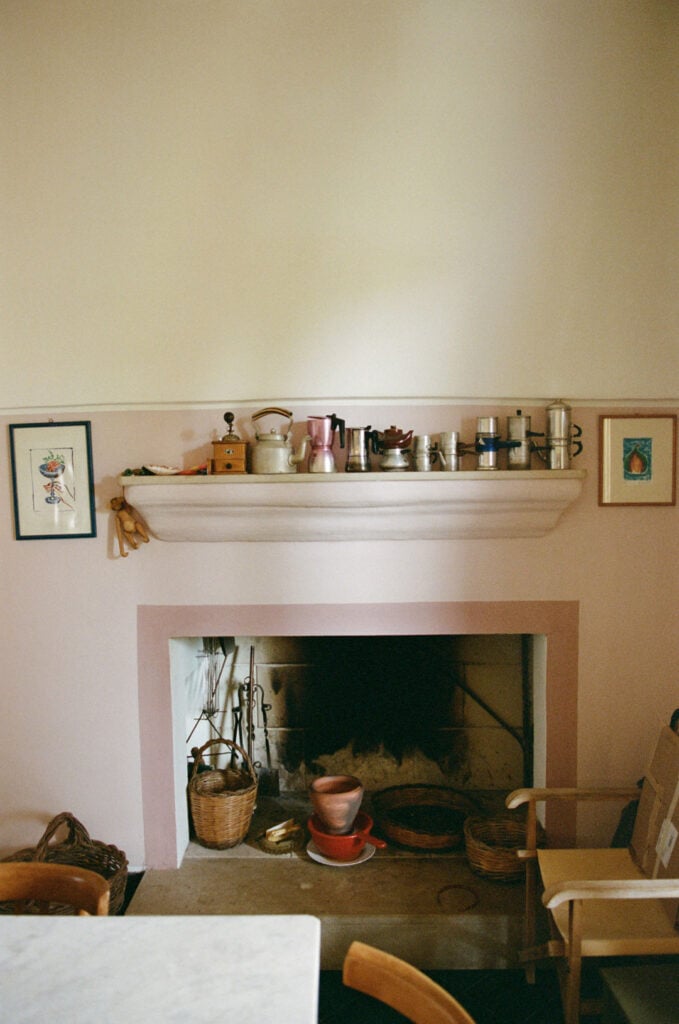
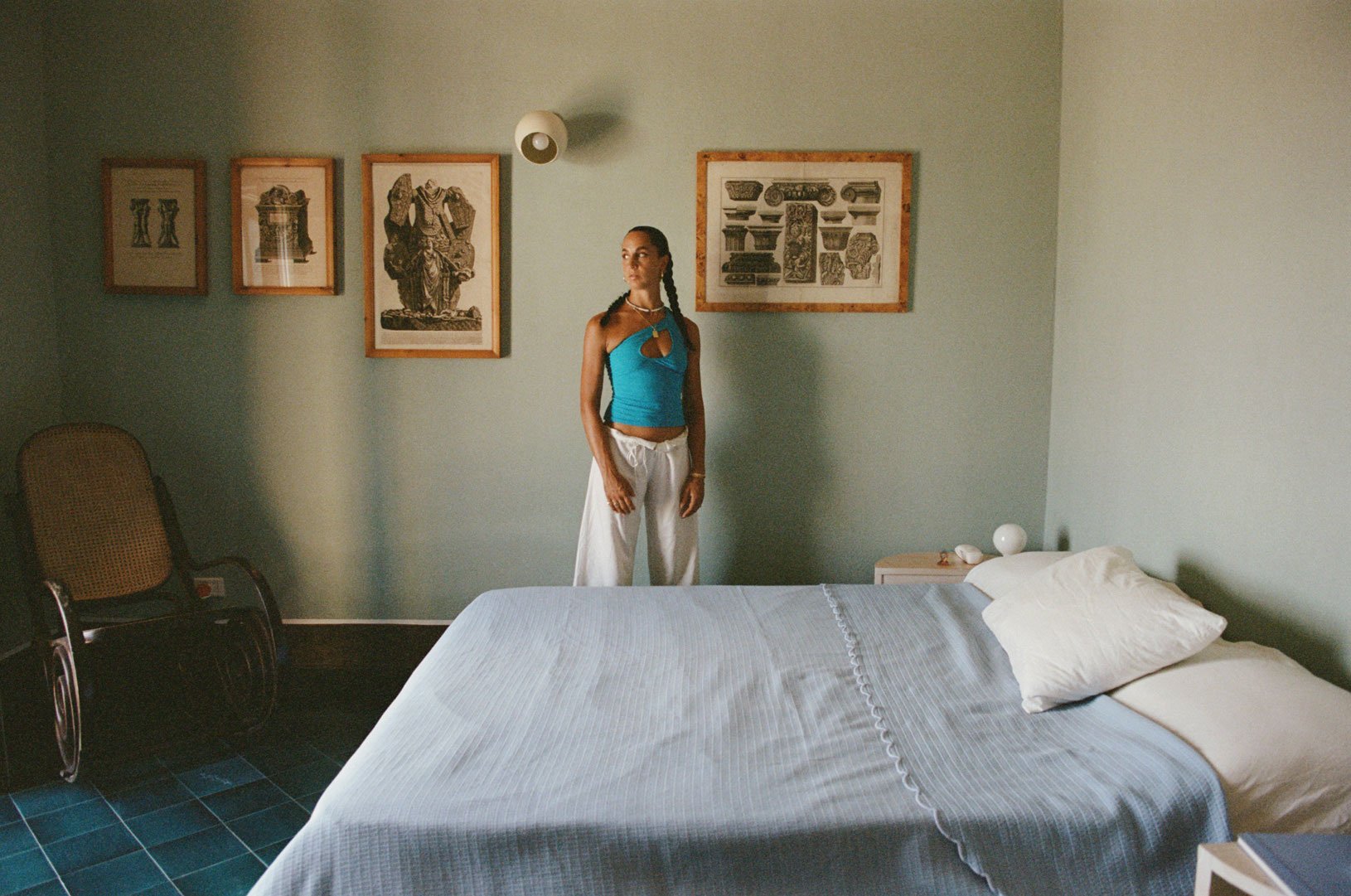
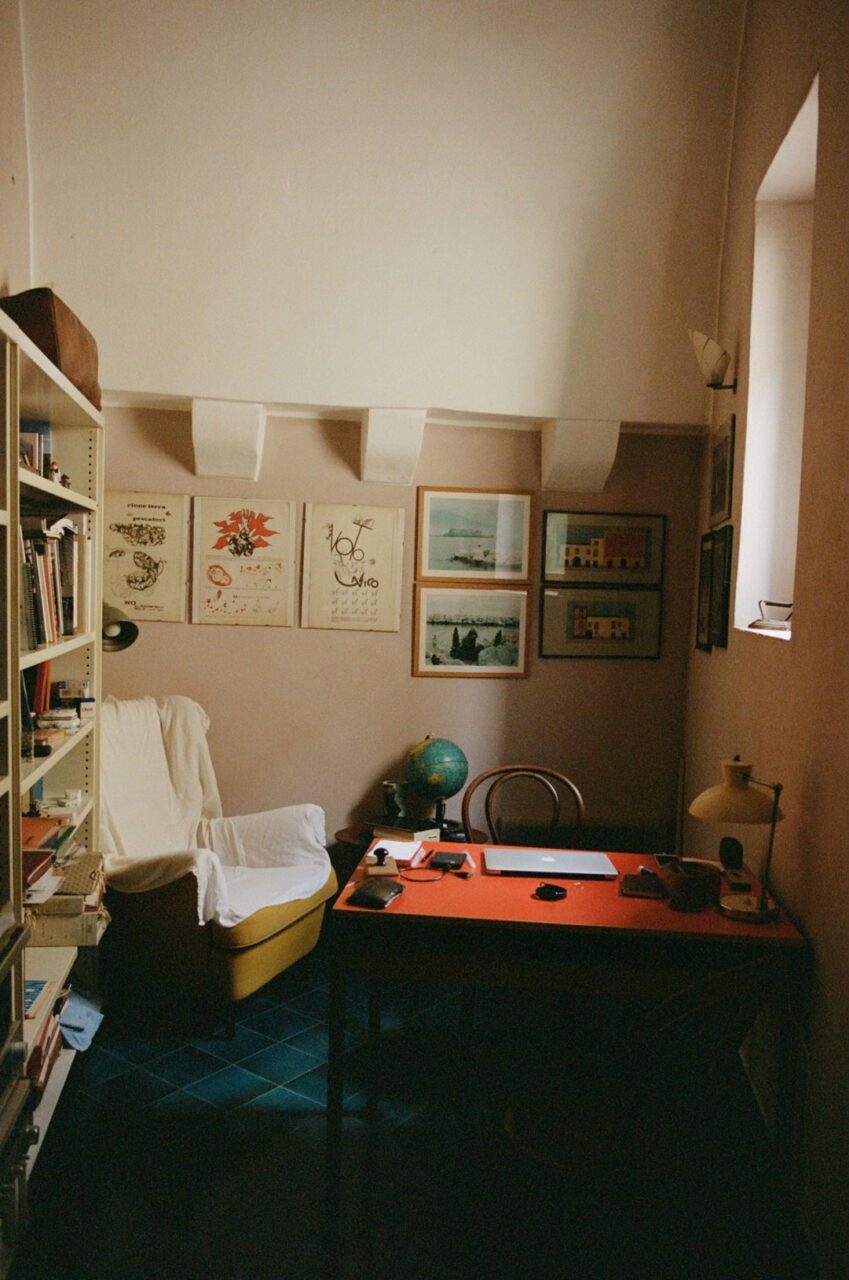
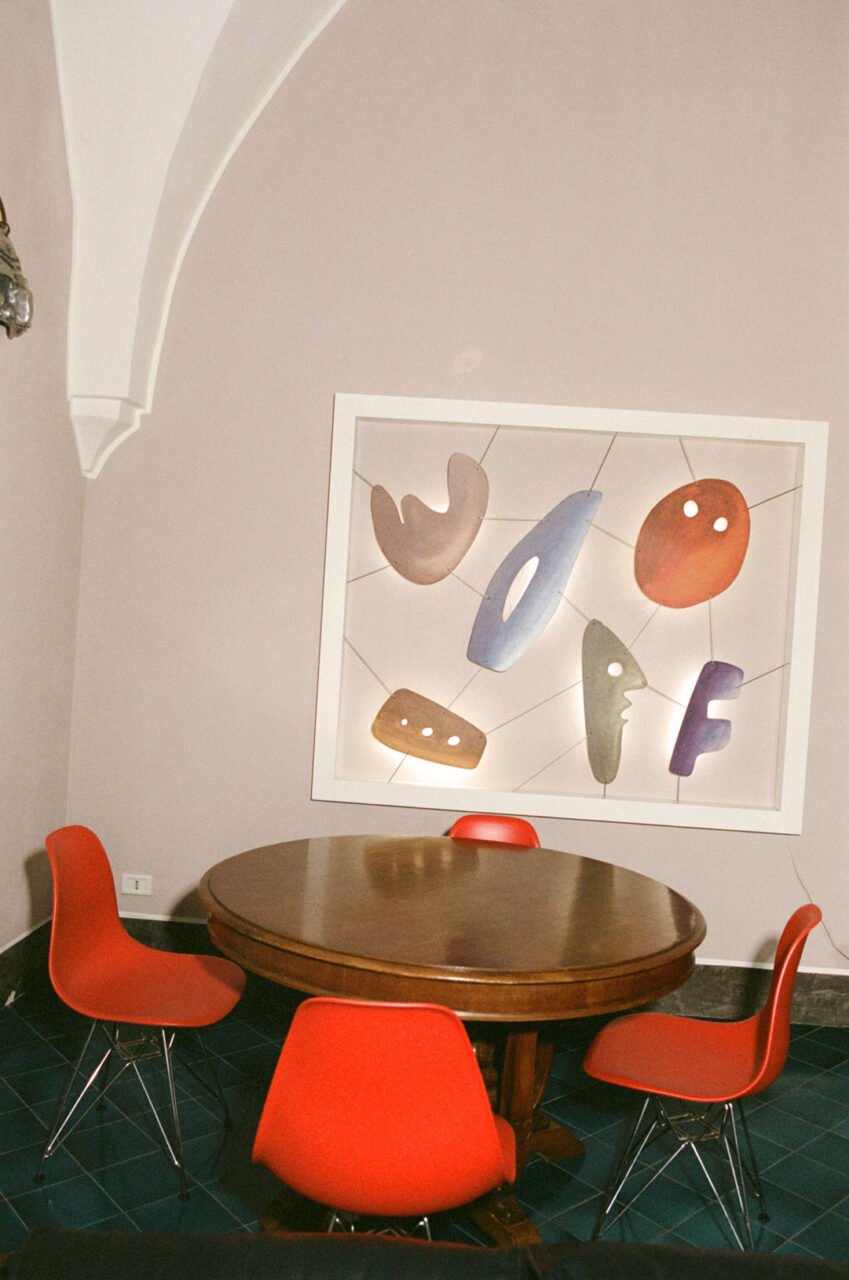
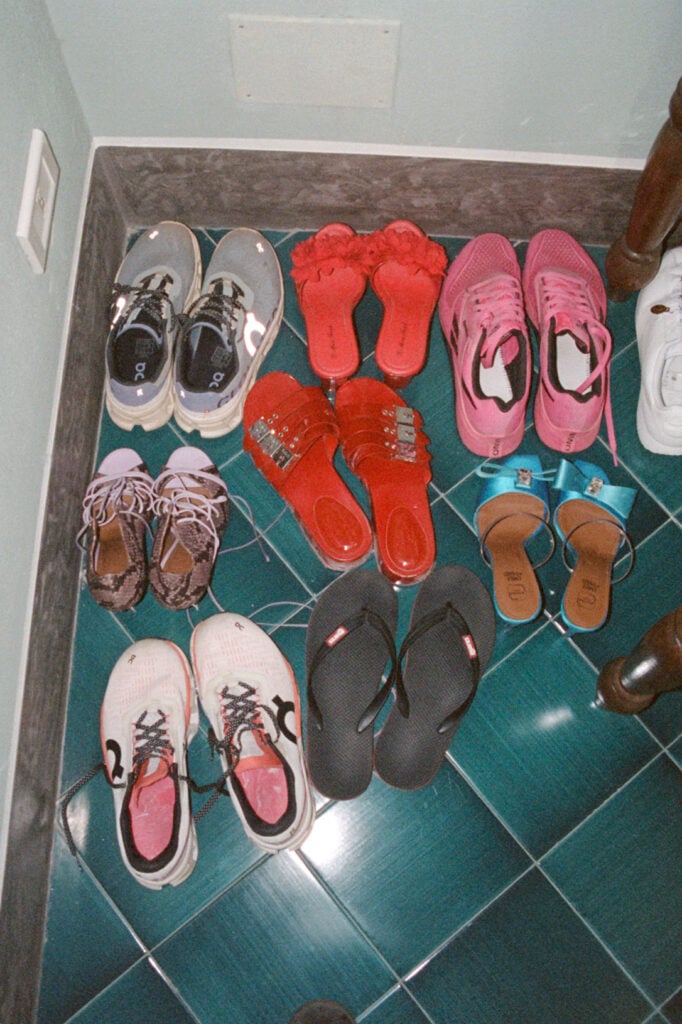
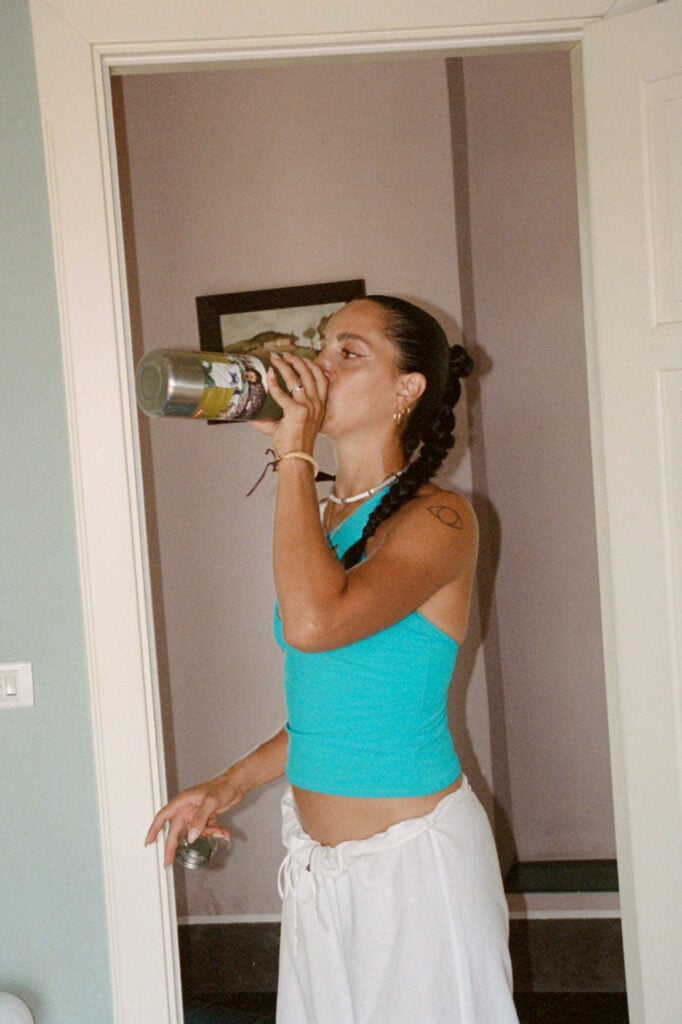

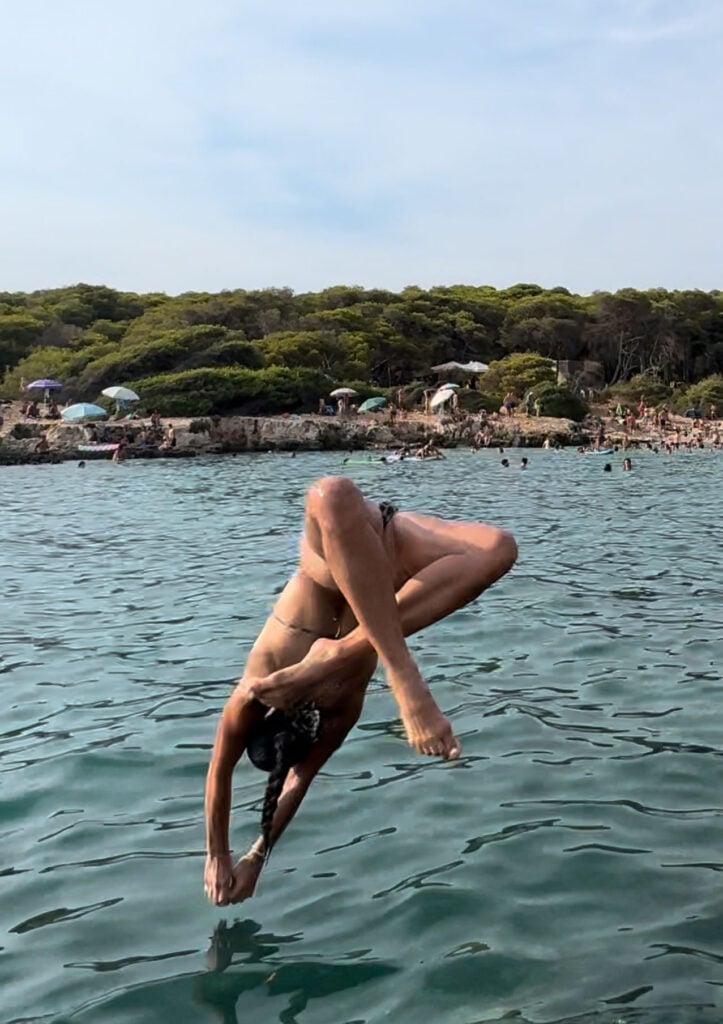
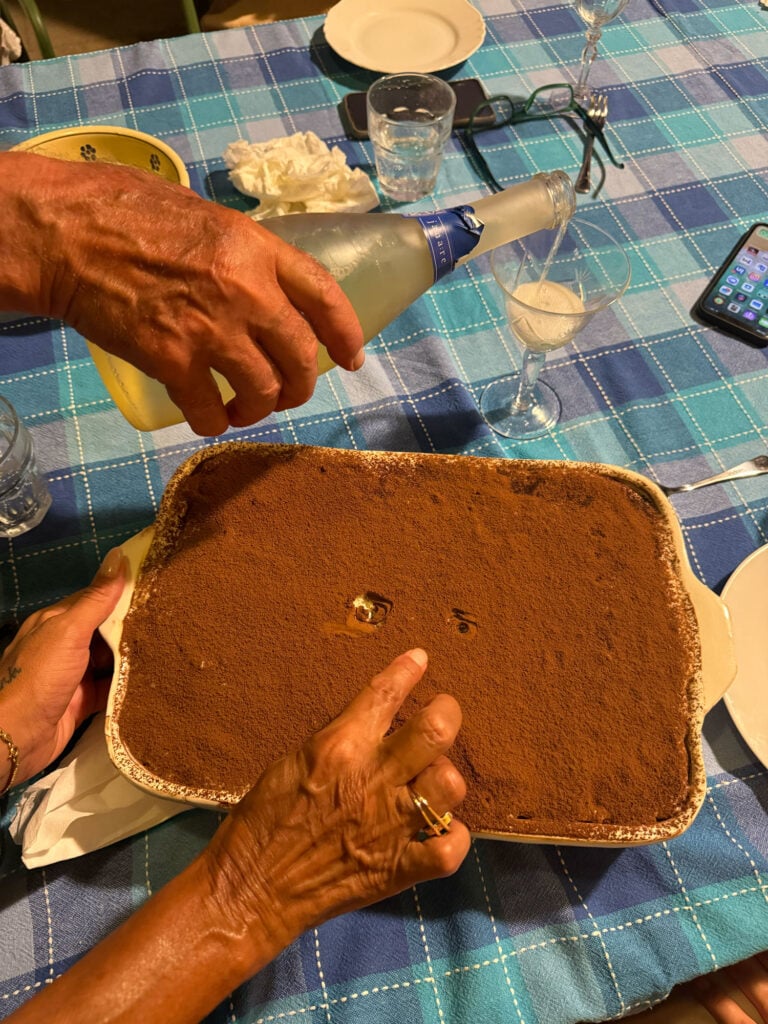
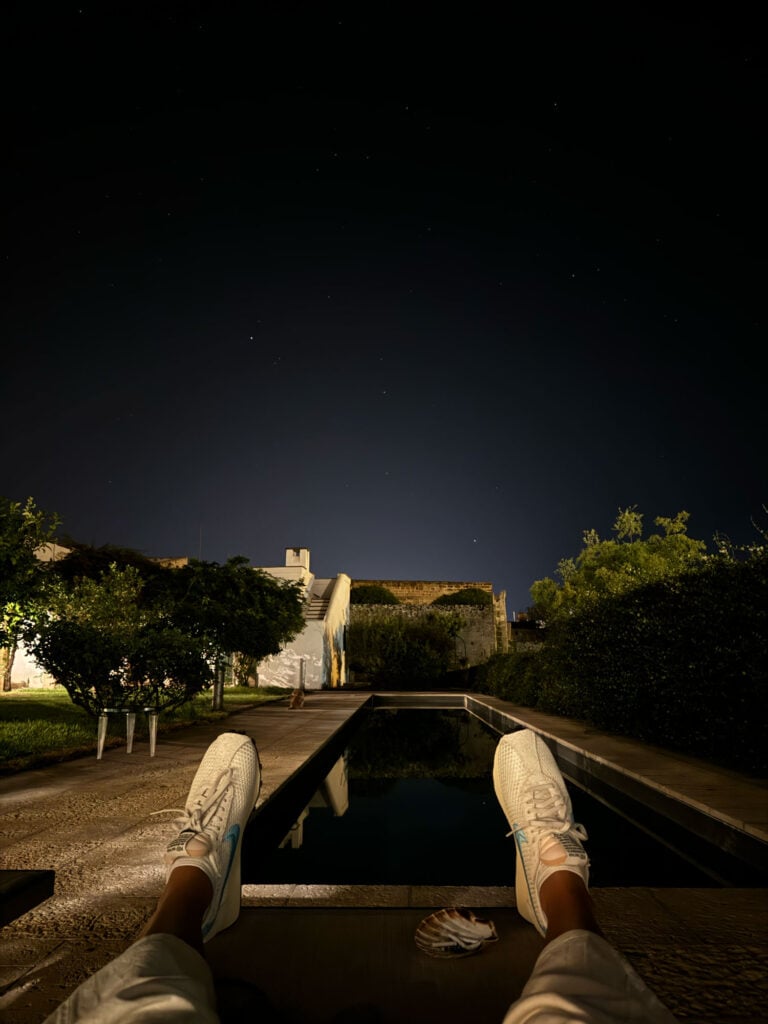
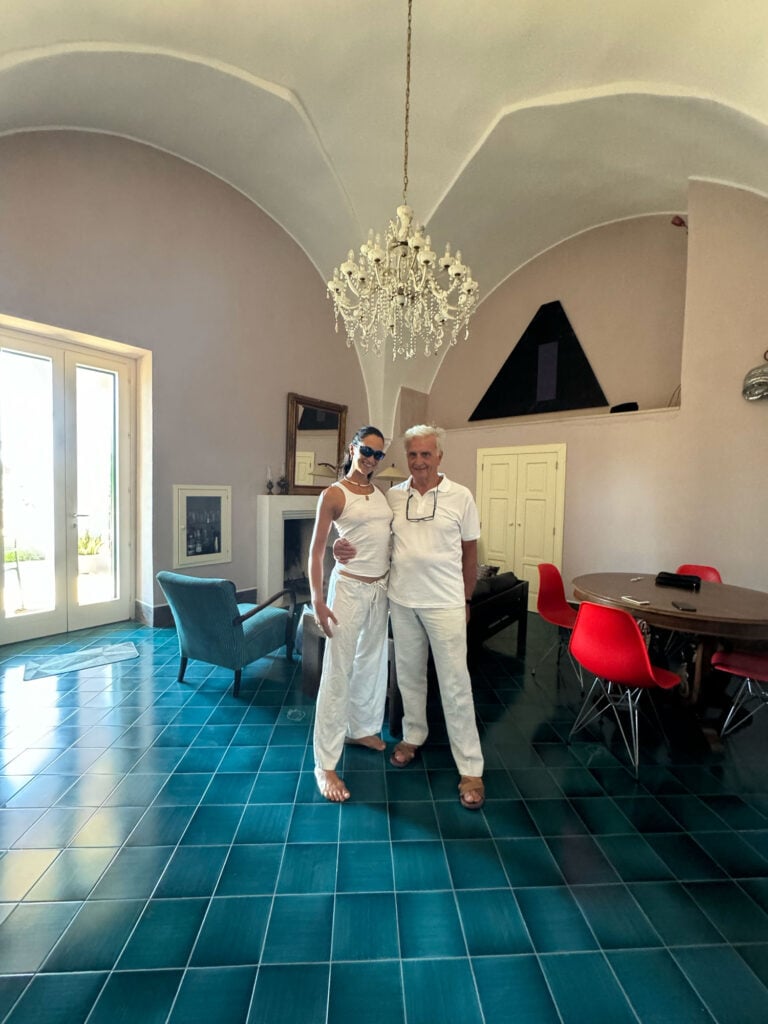
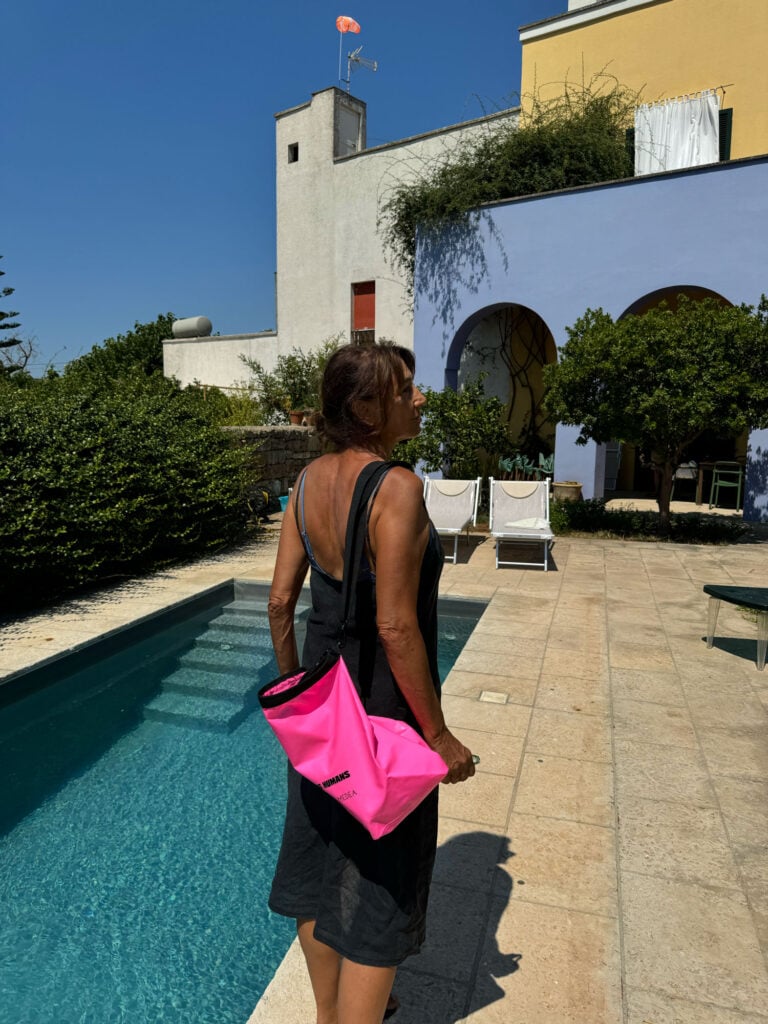
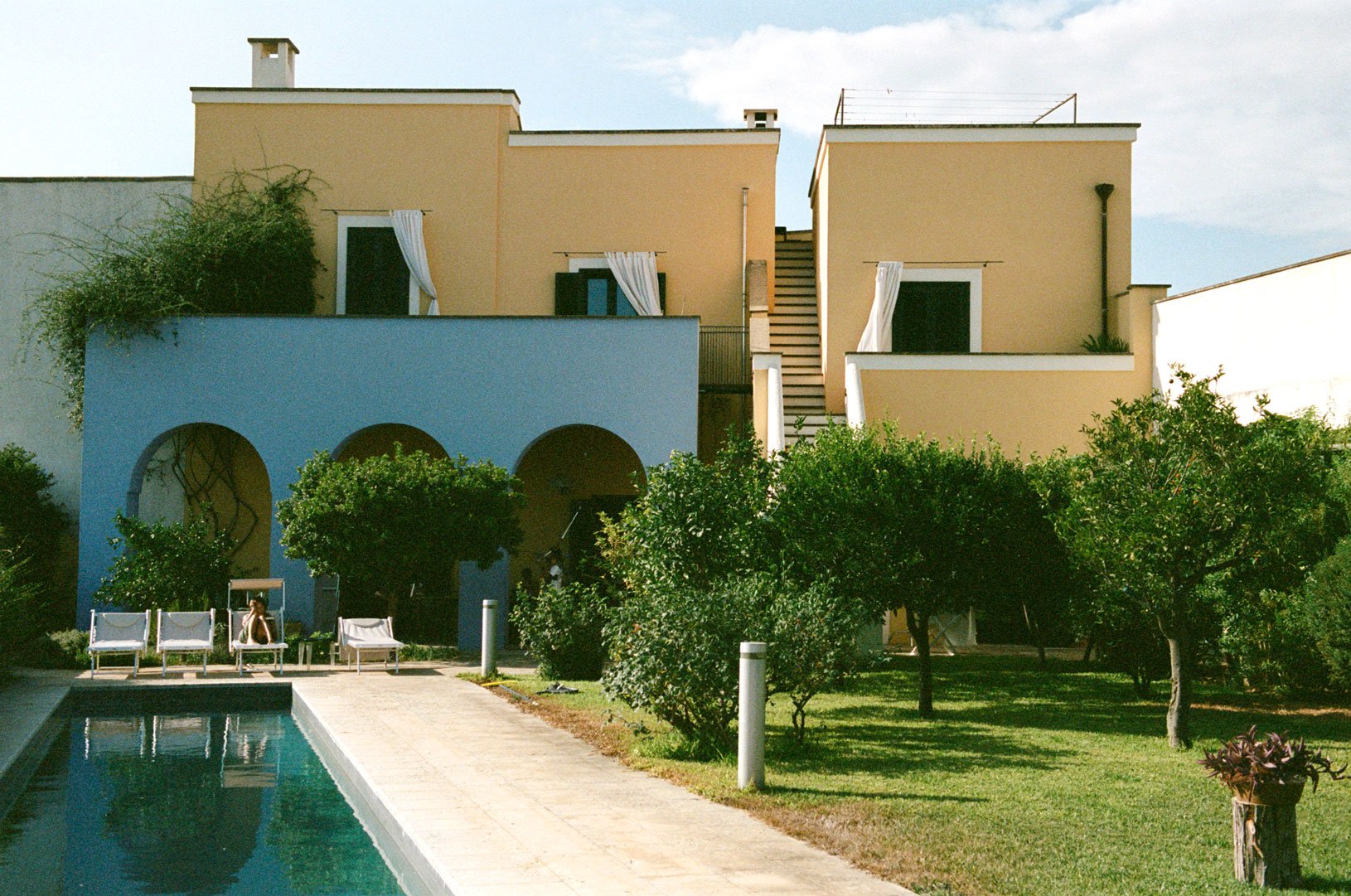
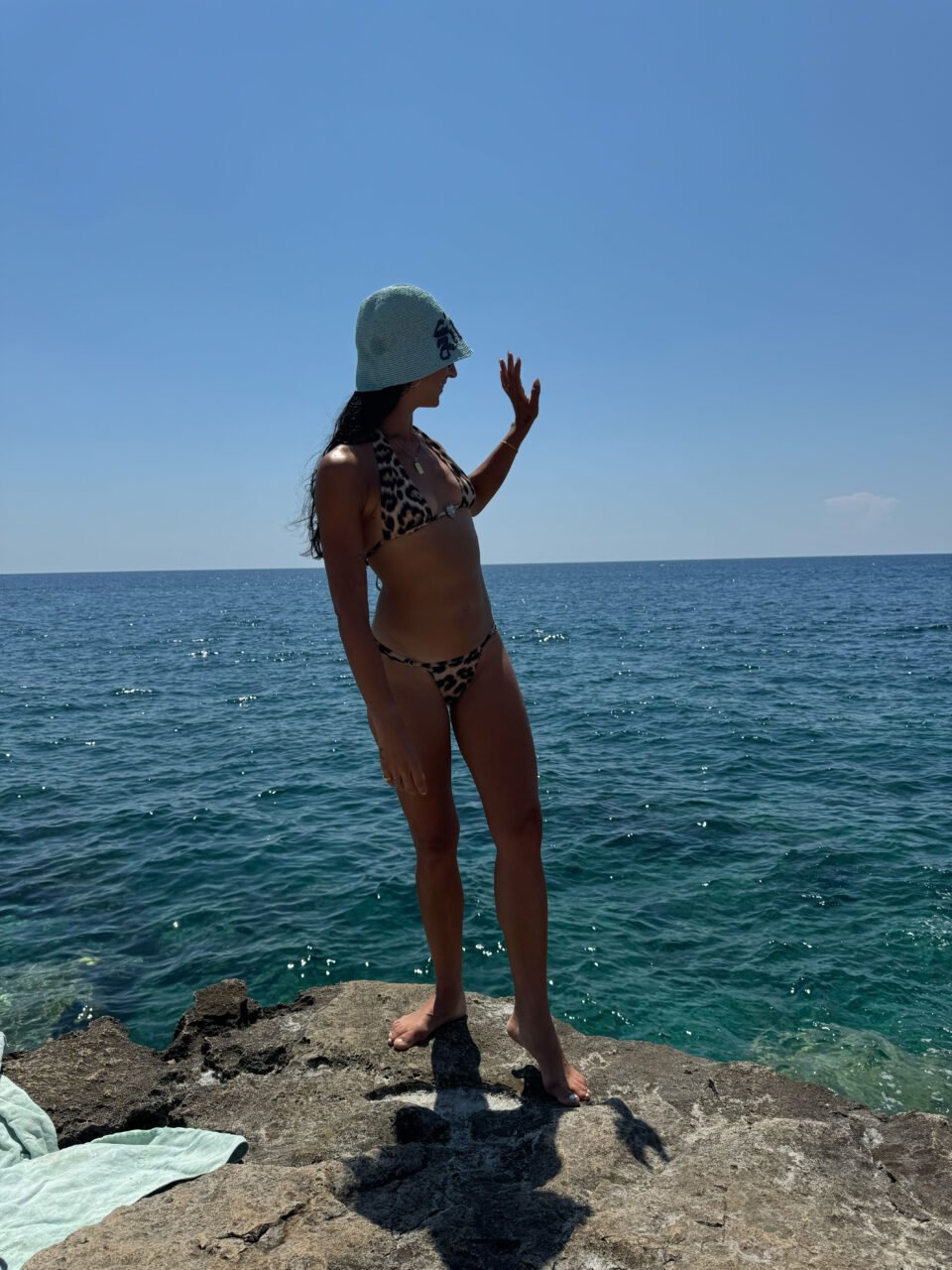
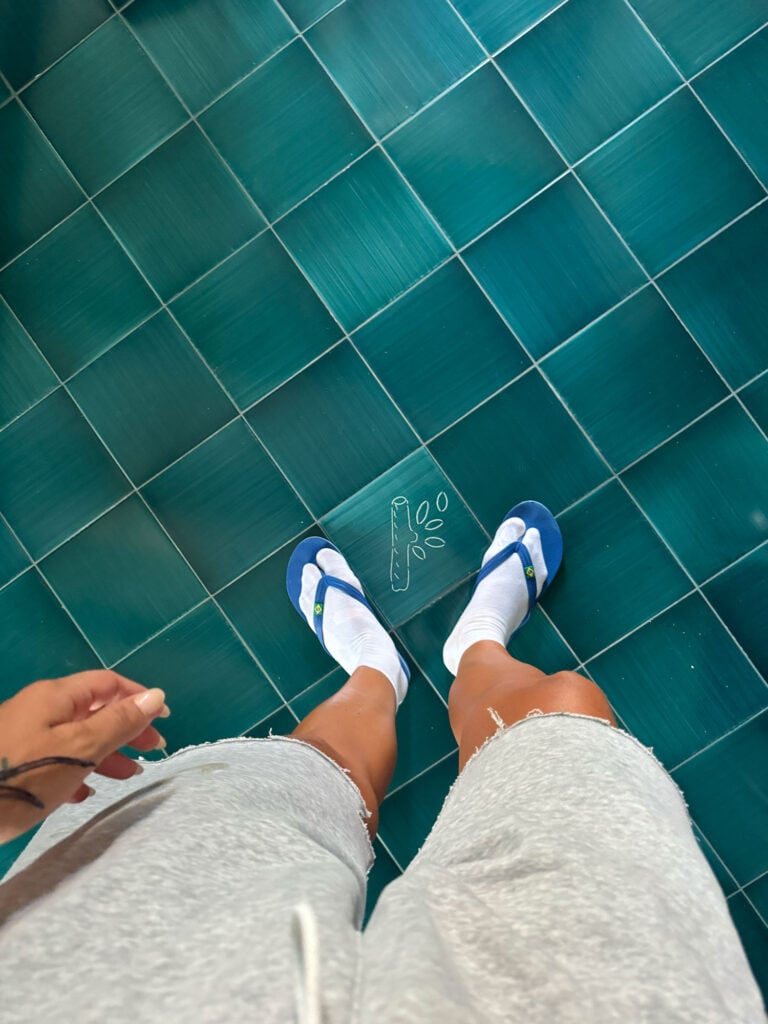
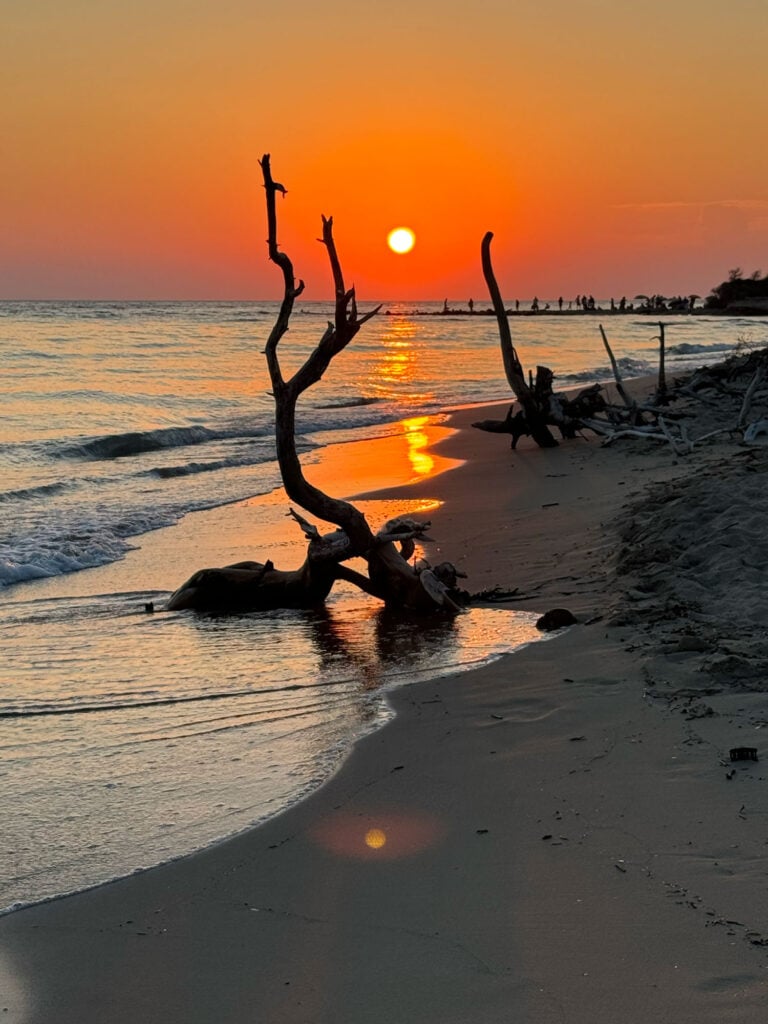

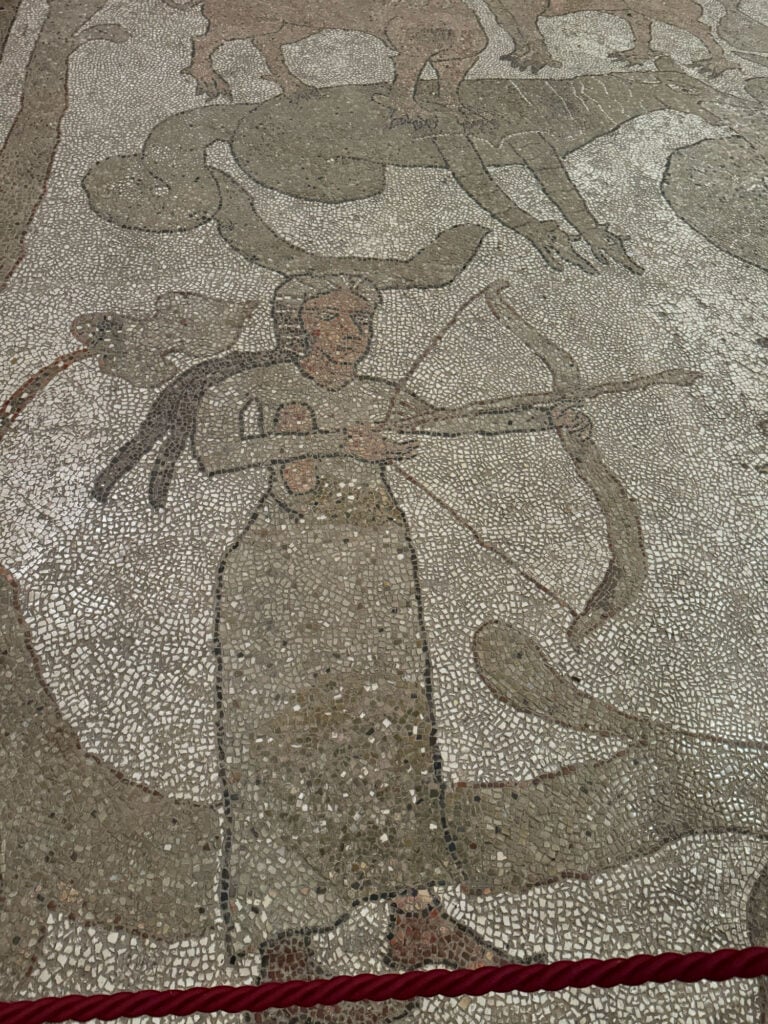
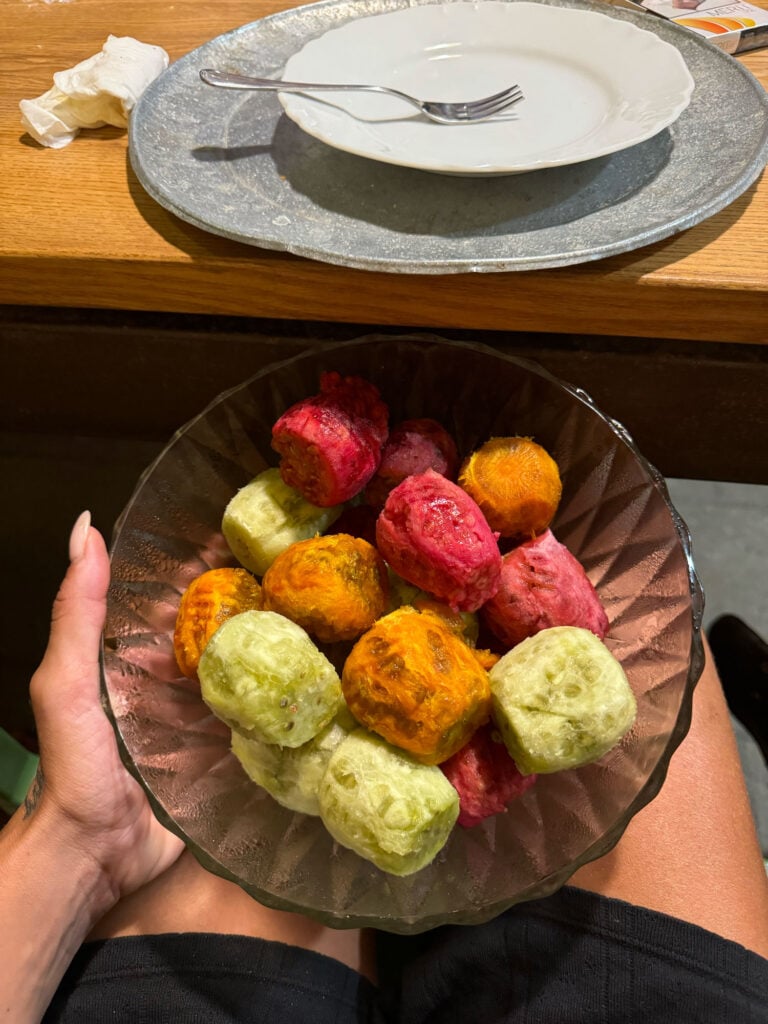
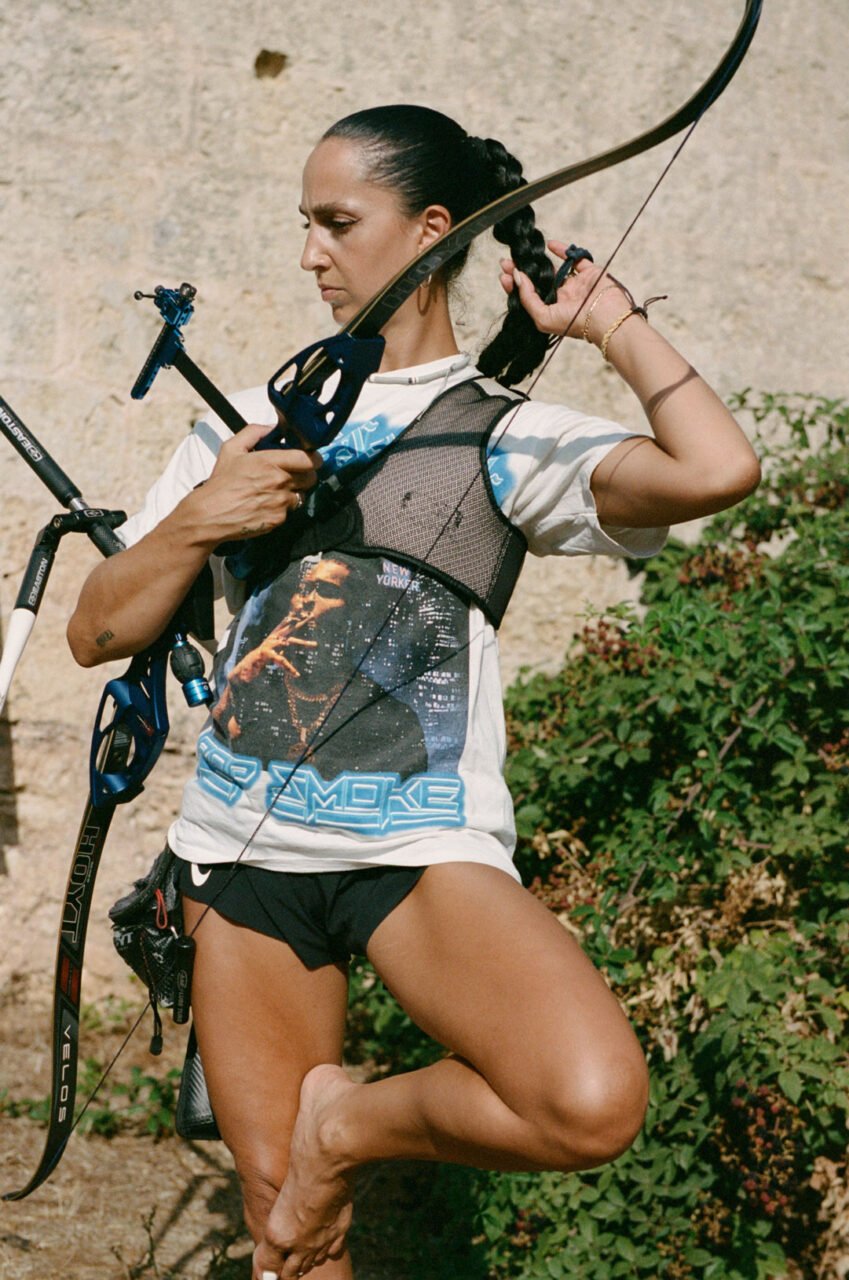
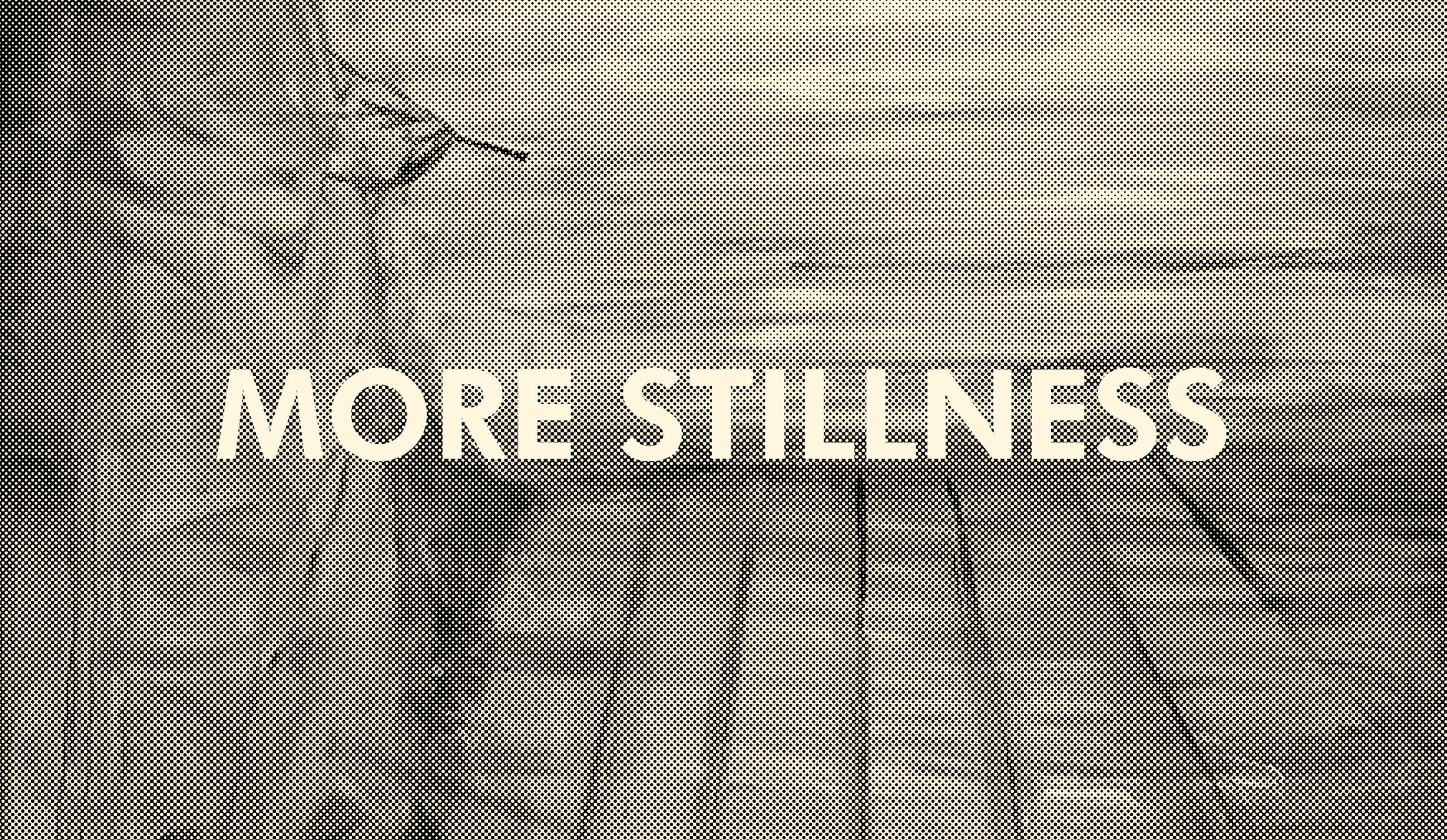

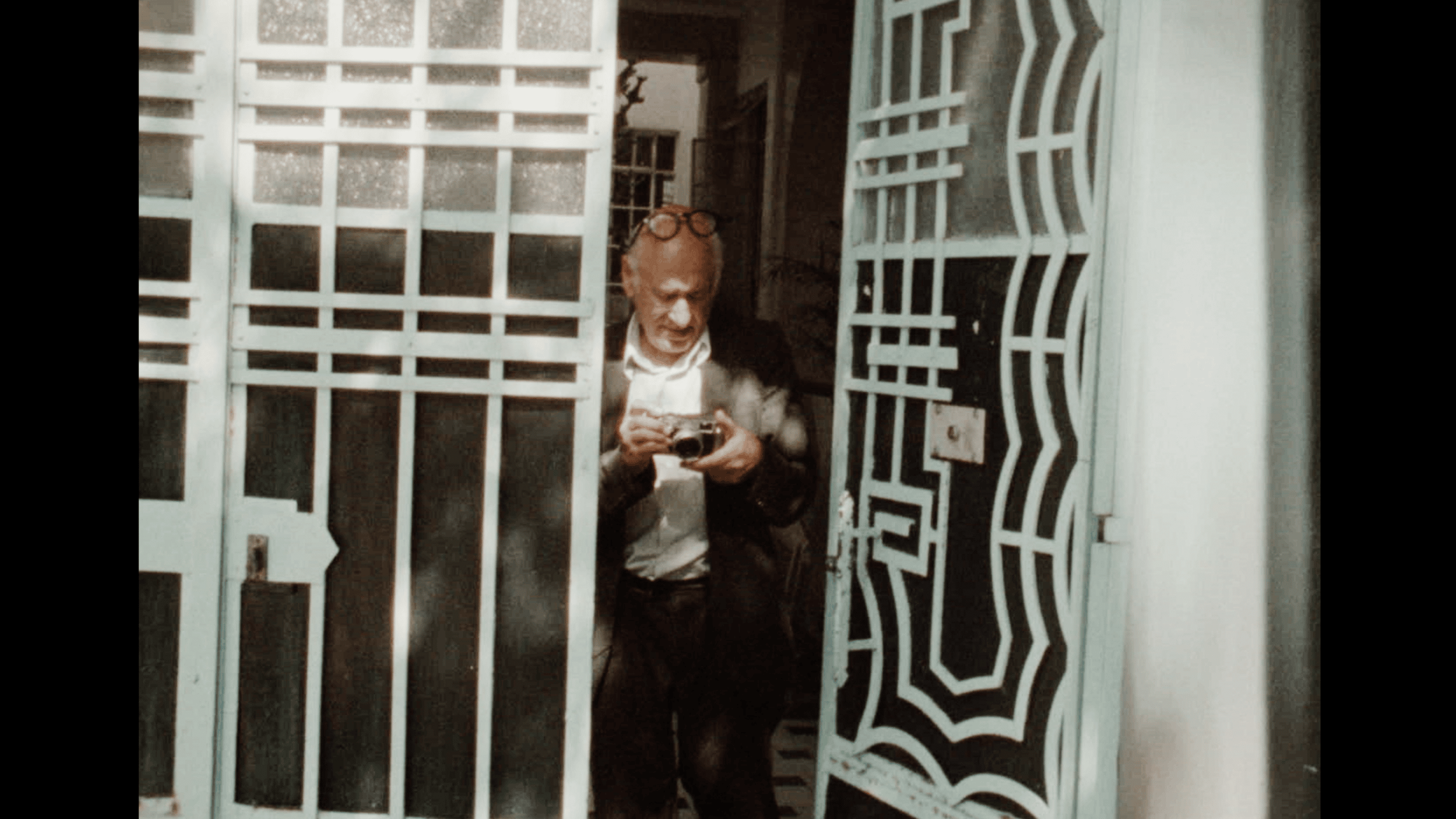
 close
close








